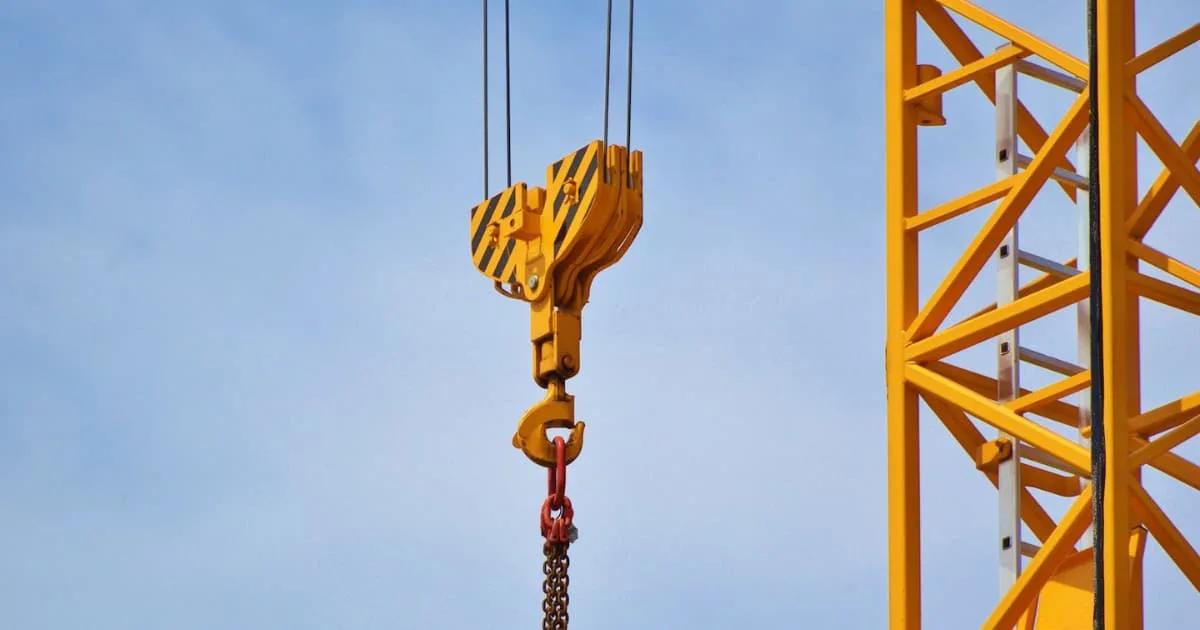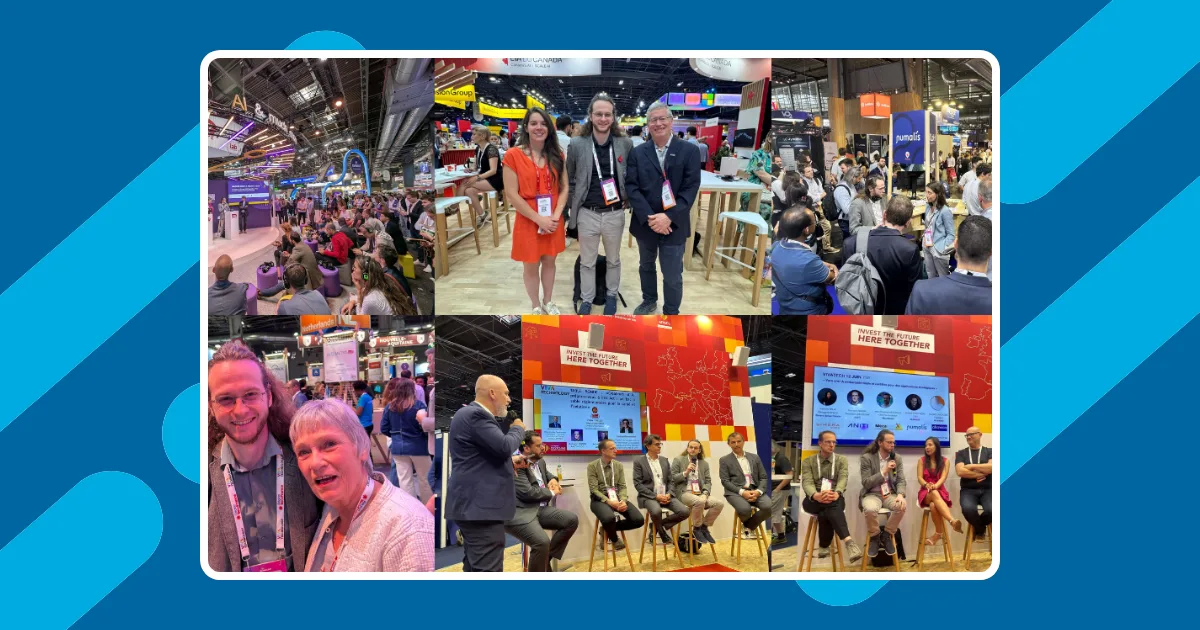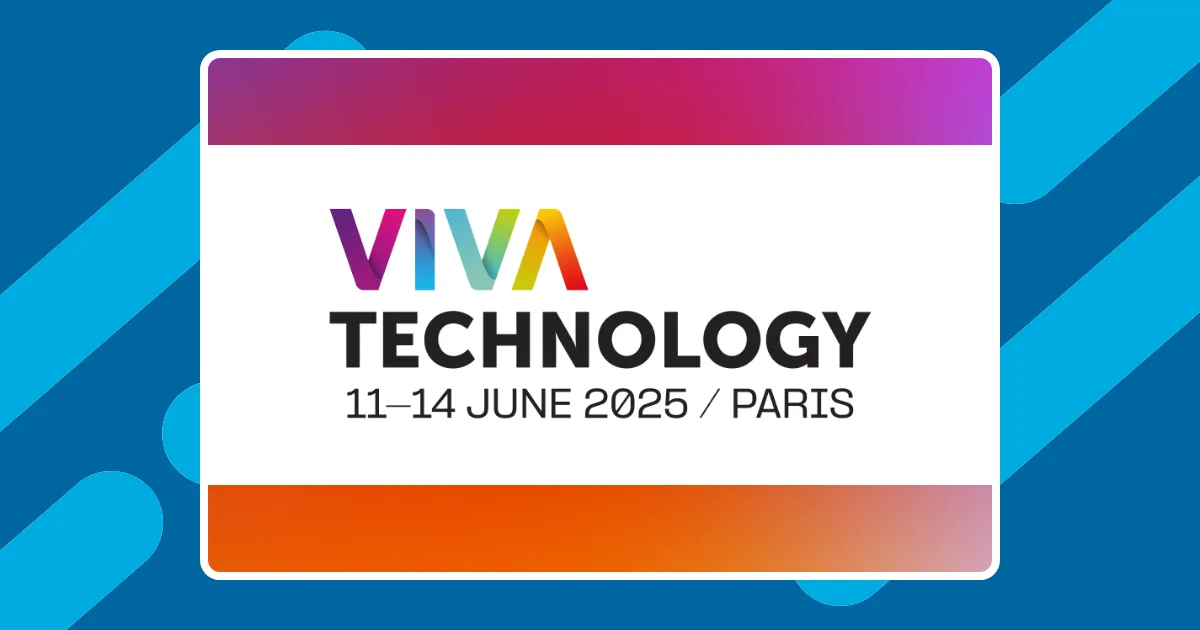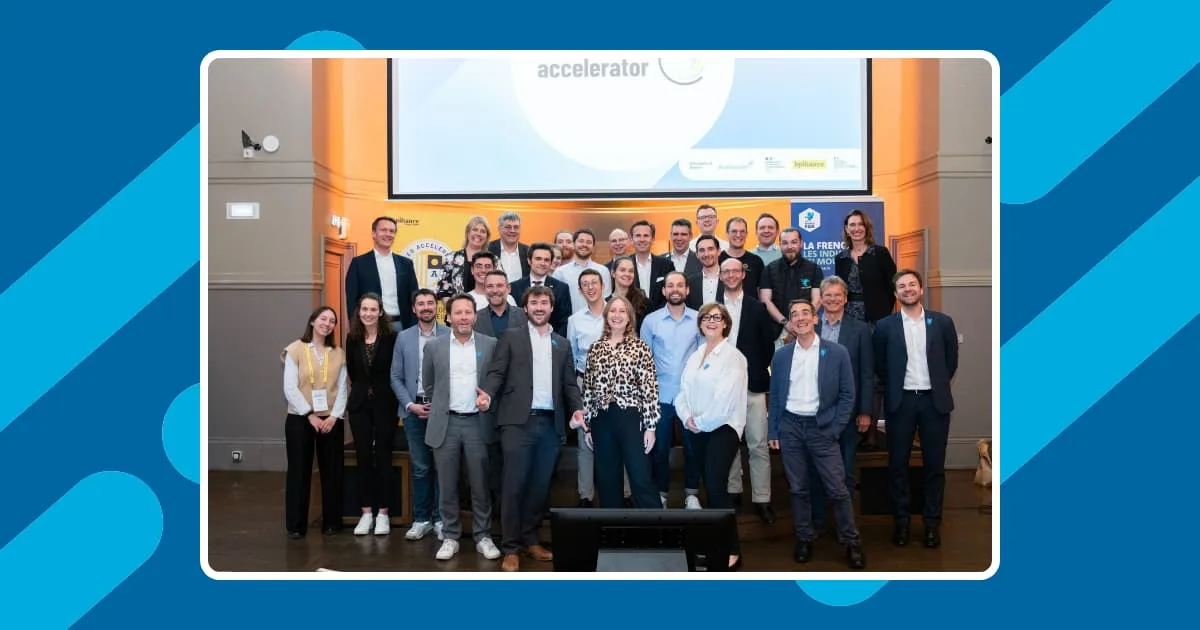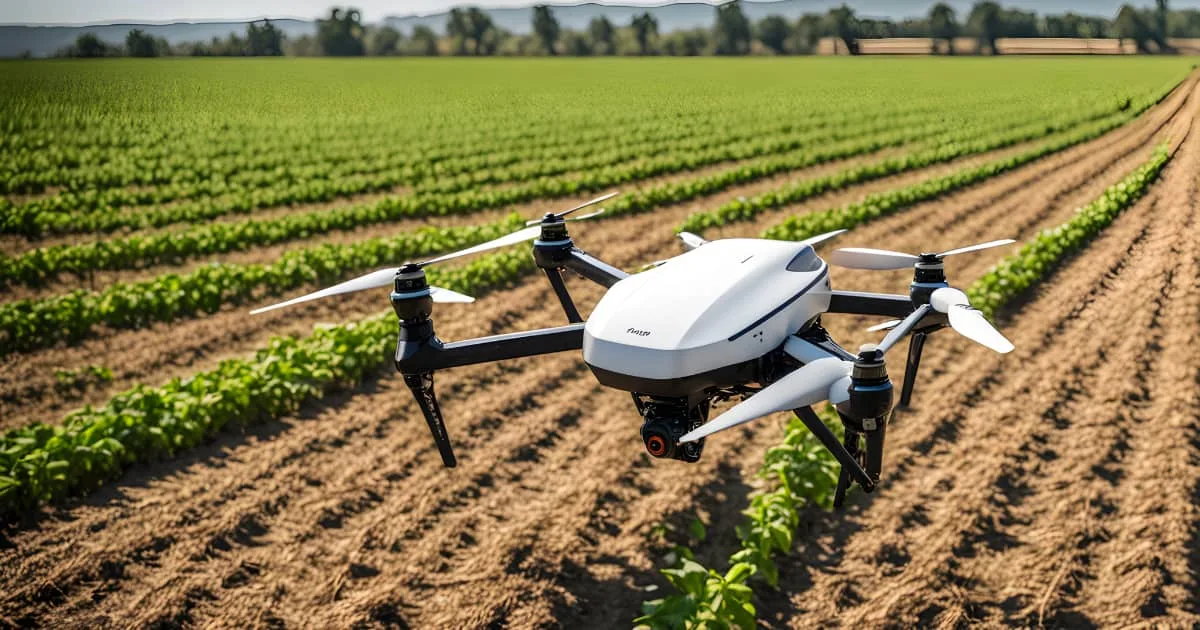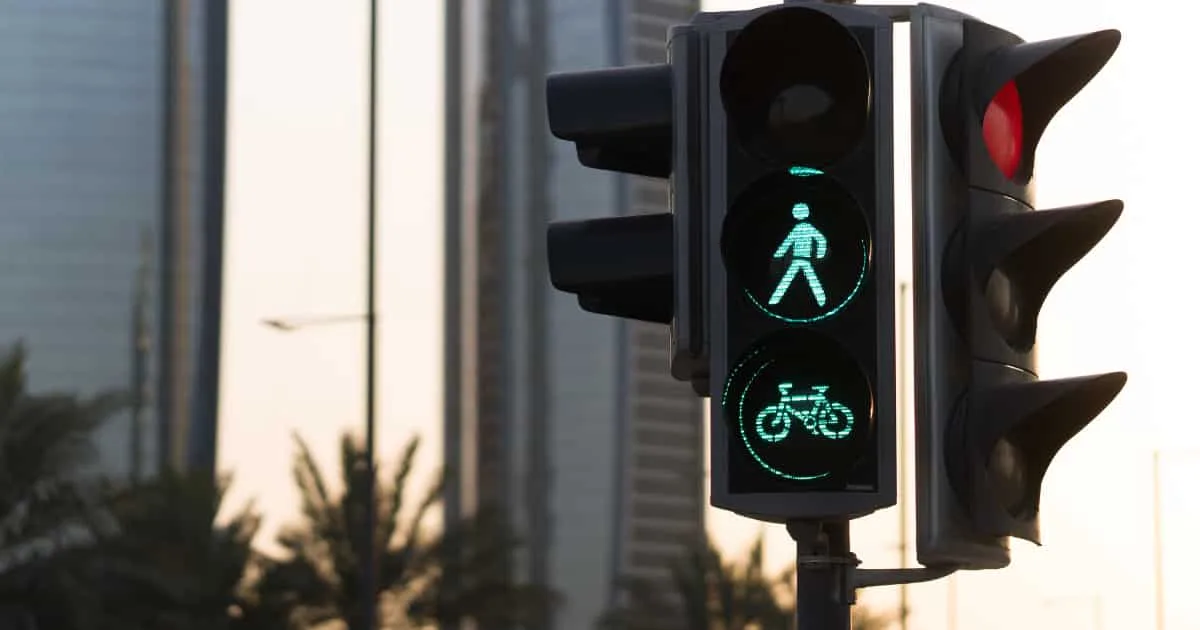With the release of consumer-facing AI applications, there is now a realization of AI’s power to influence industries such as construction.
Advancements in affordable computing, the availability of rich datasets and algorithms have greatly assisted in the progress of artificial intelligence(AI). AI systems are machine-based systems that can have capabilities such as computer vision, natural language processing(NLP), and speech recognition.
The uptake of AI and other technologies promises to alter the construction industry forever. The results will be far-reaching, considering the value of the construction market. Research reports suggest that AI in construction will see a compound annual growth rate of 35.2%, shifting the market value from $600 million to $5 billion between 2023-20301.
AI techniques can ingest copious amounts of data, predicting, recommending, visualizing and integrating with other technologies. This enables stakeholders to draw new value throughout the construction project’s lifecycle. This article explores the impact of artificial intelligence in the construction industry, including the benefits, challenges and what the future holds.
Benefits of AI to the construction industry
Here are some ways the construction industry can derive benefits by using AI.
Cost reductions in construction projects
Many large-scale construction projects experience cost overruns, with reports putting estimates at an average of 28% over the initial budget. Budget overruns can arise from inaccurate project estimates, design errors and underestimating the project timeline.
Combining AI systems such as deep learning with big data analytics can help uncover risks, estimate costs more accurately and enhance productivity. Additionally, utilizing handwriting recognition algorithms and NLP on paperwork synonymous with construction projects can help reduce spending. Project scheduling software, intelligent virtual assistants and even drones equipped with AI for monitoring can help eliminate excess expenditure.
A great case study is the Sydney Metro West autonomous tunnel boring machine that saves money by limiting human interaction by automating repetitive tasks, increasing accuracy and saving time2.
Enhanced safety
Construction sites are dynamic, constantly evolving, and physically demanding. Workers face a myriad of safety challenges ranging from electrocution to falls. The ability of AI to provide real-time insight onsite makes it effective in proactively determining risks before they materialize.
With computer vision and image recognition, machine and workers’ safety can be monitored at scale using algorithms to compare onsite images with accident records3.
Some of the other use cases include:
- Notifying supervisors of workers not wearing safety equipment
- Identifying potential equipment malfunction.
- Determining when human and machine interaction can be hazardous
- Combining AI and wearable technologies to alert workers of potential dangers
- Limit unauthorized access to limited areas
- Prevent onsite collisions in real time
Personal Protective Equipment detection (PPE)
Electrocution and collision are the leading causes of construction site incidents4. According to reports, the proper use of PPE can prevent 37.2% of occupational injuries and diseases. Additionally, about 12%-14% of occupational injuries that lead to disabilities are caused by the inappropriate use of PPE equipment5.
On-site PPEs compliance is a critical component of construction site safety. Safety gear such as hard hats, gloves, steel-toe boots, and work pants must be worn. Traditionally, PPE detection was done through ethnographic methods, which required a supervisor to check whether workers had properly put on the protective gear.
AI algorithms like computer vision help to monitor and detect PPE compliance using techniques such as object detection, image detection, analyzing patterns, and motion tracking. Workplace safety companies like Protex AI provide PPE detection solutions. Their technology can monitor and detects workers with incomplete or missing pieces of PPEs6.
For larger construction projects, it’s possible to use AI to customize predictive models to forecast potential natural hazards such as floods and storms.
Wipro is a company combining AI with other tech to reduce onsite collisions7. The system is configured to track machine movement, speed, amongst other parameters and has completely minimized accidents.
Increased productivity
Compared to other industries like warehousing, manufacturing and telecommunication, construction has lagged in the adoption of digitization. Reports from large construction markets like the US indicate a significant productivity growth problem currently pegged below 1% annually. AI has the potential to boost this to about 1.4%8.
There is real value when Building Information Modelling(BIM) frameworks are combined with AI. BIM primarily describes the process of creating and managing digital information about built assets such as buildings. Some BIM processes can be streamlined and automated, including building performance analysis, event log mining, design, and rule checking.
Integrating AI with other technology, such as robotics, smart wearables, drones and big data, can increase construction site safety. It can for example lead to task automation of maintenance, enhance decision making and help reduce cost overruns resulting in better productivity.
Several companies have created solutions that look to enhance productivity at certain stages of the construction workflow. For instance, ALICE Technologies offers an end-to-end AI-powered solution to help construction projects optimize resources throughout their lifecycle9.
Better decision making
Construction data can quickly get voluminous. For instance, BIM files with the design data of a 3-storey building model easily reach 50GB in size10. Additionally, data from sensors, drones, and cameras can result in copious amounts of data. Thus, AI-powered analytics can enhance data-driven decisions resulting in improved cost estimation, risk management and resource estimation.
For instance, the construction management platform, Procore, uses AI-powered insights and industry benchmarks to help users make real-time decisions. Other use cases include AI-powered drones, which can relay accurate images of a site and track progress, helping construction managers identify potential issues in real-time.
Enhanced design capabilities
Narrowly focused AI can optimize generated designs and floor plans from spatial and programmatic inputs11. It can reorganize floor plans dynamically and automate repetitive tasks. Generative AI can be incorporated into workflows to help designers and architects output project models and rank them.
A good example is Autodesk’s Forma software, which helped one of its customers reduce the overall design time by 50%-66% in the conceptual design stage12.
AI for construction site analytics
Drones, cameras, IoT sensors and embedded devices can all form the basis of data collection in a construction site. Site managers can aggregate the data using BIM and use AI techniques to optimize site operations across all phases.
From the analytics, stakeholders can have detailed insights into a project. AI chatbots could also help managers get information incredibly fast. Buildots is an AI-powered tool for analyzing construction site data, giving managers a good overview of the completed tasks, pace of work and progress of tasks13.
AI applications for construction
Integrating AI with other technologies results in a transformational shift in construction projects. Here are some of the top applications of AI in construction.
Robotics and automation
AI-powered robots can automate some of the mundane tasks done by humans. These robots can perform activities like welding, brick-laying and painting with high accuracy. Some robots are equipped with cameras to capture construction images and videos autonomously.
Robotics have been used in automating the production of prefabricated panels. Others, such as ZenRobots, are useful in sorting waste from building demolitions.
Automated project management
Building processes can be manual, repetitive, and error-prone. Integrating AI into the construction project workflow from design to actual construction is possible.
AI-guided workflows enable projects to be completed on time, avoid cost overruns and limit unforeseen issues when incorporated with predictive capabilities. Reporting also becomes easier, with the capability to tailor outputs, including videos and images.
Using algorithms such as genetic algorithms(GA) and artificial neural network(ANN), construction project software can solve complex problems like cost optimization, resource allocation and waste minimization14. Additionally, AI-powered scheduling systems can help generate optimized schedules while considering different inputs and project constraints15.
Quality control and inspection
Drones and other visually capable equipment can use computer vision to track progress and check construction anomalies. The real-time analysis for quality can help with quick anomaly detection enabling rapid deployment of remedial actions.
AI also introduces a way to predict quality issues before they occur. Although still in the nascent stages, the technology can forecast failures, defects and anomalies before they occur, saving a great deal of resources.
Opportunities for artificial intelligence in construction
There are many areas in the construction workflow where AI can have a genuine impact. Although there’s slow uptake due to challenges such as initial cost and institutional barriers, there are real opportunities that could evolve how construction is done. A report by research firm McKinsey indicates that companies embracing digitization are 50% more likely to generate better productivity with AI16.
AI for planning phase
Planning is a critical step for every construction project, and before the start of physical construction, it is paramount to create detailed plans and specifications. Here are some of the opportunities available in this space.
Automated project planning: Stakeholders spend considerable time planning while dealing with many dynamic variables. Combining AI with tech such as big data can help project managers in scheduling, cost analysis and risk assessment. Using historical data from previous projects, stakeholders can tell where delays will likely occur through predictive modeling. Oracle’s Construction Intelligence Cloud service uses AI, helping project stakeholders uncover risks and make informed project decisions. Slate is yet another company using data and AI to improve project management17.
Tackling labor shortages: Human resource is a dynamic component of the construction landscape, with most workforce being manual and temporary. Different construction stages demand different skills and expertise. AI can help planners determine the optimal route for construction while maximizing the workforce. With AI managing some repetitive tasks, workers will be less likely to be overworked. SkyCatch is an aerial drone company using data for analytics and visualization. This can help free up workers from long hours of groundwork during surveys and mapping18.
Construction documents: AI-based tools can automate information extraction from construction documents. This is possible through NLP, which can assist in creating a detailed project scope from plans and other documents. For instance, Caddie is a tool that extracts information from construction drawings which is helpful during project analysis19.
AI for design phase
Generative design: AI can automatically produce plans, conceptual design, and indoor scene synthesis using generative deep learning techniques. It can provide permutations of the design, cost constraints, and spatial requirements based on input. Such systems can also show the suitability of a design. For instance, Daiwa housing industry in Japan uses generative design tools to reimagine house designs for small plots20.
Surveying: Integrating AI with laser scanning and photogrammetry can help in survey processes such as soil deformation monitoring and point layout. Companies such as PrecisionHawk provide AI-driven aerial analytics for data collected during aerial mapping21.
Building information modeling: BIM is a leader in digitizing the construction industry. It serves as a multifunctional tool, delivering benefits along the project lifecycle. Integrating BIM and AI can catapult the software to manage projects with inherent complexity better and improve reporting, amongst other benefits.
AI for construction phase
The construction phase is known for its traditional ways of doing things. However, combining AI and other tech like robotics promises great disruption to this phase.
Construction monitoring: Using sensors, drones and AI can help monitor the structural integrity using techniques such as ANN. Computer vision can also help prevent collisions, track construction progress and limit onsite accidents. For instance, SiteAware uses drones to collect job site-level details autonomously. Users can then view the progress via a web browser and superimpose this against the design model for progress verification22.
Autonomous excavation: By combining computer vision, deep learning, sensors and precision algorithms, excavating machines armed with AI can reliably perform their functions. They can reduce the time for completion and avoid accidents depending on the programmed safety protocols. These machines can increase speed and power depending on the construction site. Komatsu, a heavy machinery manufacturer, partnered with NVIDIA to acquire AI capabilities that would help improve efficiency and site safety23.
Autonomous vehicles: Autonomous aerial vehicles and robots that can help assemble buildings and transport construction material. Caterpillar and Komatsu, two leading heavy vehicle equipment companies, are developing autonomous dump tracks to increase productivity and site safety.
Task-specific robots: These include robots that can do structural work such as welding, bricklaying, offsite prefabrication, and building inspection. For instance, Path Robotics develops autonomous AI-powered robots able to scan, position, and weld parts together24.
Smart wearable technologies: There’s a possibility of sending information, such as safety notifications, from a central system using AI. Smart helmets and glasses can use AI and sensors to provide safety to workers and visualization. Companies like ARway have developed smart glasses using augmented reality(AR) and AI to provide immersive experiences25. Such glasses can show finished spaces to help visualize the project before completion.
The future of AI in construction
There’s an increase in AI integration into existing systems and the development of novel solutions catering to all stages of the construction project lifecycle. Stakeholders can look forward to a fast-changing construction landscape as AI evolves and becomes more consumer-facing. Here’s an overview of what to expect going forward.
Increased collaboration between humans and AI
As AI continues to proliferate in the construction sector, increased collaboration is anticipated between humans and AI systems, whether through AI-powered software or autonomous vehicles. Construction workers can expect to use AI-powered software and other equipment like drones and cameras to manage projects.
This will help reduce accidents on-site, monitor risks and help in project management. Ultimately, AI integration should help reduce the overall cost of construction projects.
Disruption of the construction industry
AI will likely take over repetitive tasks, especially in large-scale construction projects that affect the labor force. However, it will allow workers to focus on more complex construction areas. AI is also set to alter business models, with the results being the avoidance of cost overruns, limiting worksite injuries and delays.
Challenges of AI in construction
There’s a lot of excitement and expectation on how AI will influence the construction sector. However, challenges abound, with ethical considerations topping the list. Here’s an overview of the challenges AI currently faces26.
Ethical considerations
Ethical issues still linger, which can affect the positive impact of AI in the sector. Here are some considerations:
- The development of artificial general intelligence(AGI) and artificial super intelligence(ASI), which enable AI systems to make decisions autonomously, could pose issues around transparency and algorithmic accountability.
- With computer vision-powered drones and cameras monitoring and capturing data about people and machinery throughout the project lifecycle, ethical questions of privacy infringement arise.
- AI promises to impact construction jobs, with some positions likely to be scrapped while others need workers to upskill. Most workers are temporal and do repetitive manual work. AI could automate these tasks leading to significant job losses.
Data security and privacy concerns
AI systems demand voluminous data to train and operate. Apart from site data, AI-powered systems collect or house personal data. Additionally, AI solutions will require proprietary data, which may need node isolation and source traceability. The implications of information leakage are far-reaching, considering things like identity and trade secrets theft.
Besides safeguarding data, AI systems in the construction environment may face challenges in maintaining trust and integrity, especially regarding their decision-making processes. AI models can also be poisoned by malicious hackers, injecting false data, resulting in inaccurate output, which can endanger people in construction sites.
A construction site is usually a beehive of activities with constant movement of man and machine. In all this, the safety of workers is paramount and AI-powered systems must not contribute to compromising their safety. For instance, a computer vision system identifying construction work equipment may wrongly identify people working at height.
All of these concerns underline the necessity of AI validation and more specifically of robustness assessment. Doing so, AI performance and safety will greatly improve.
Regulatory issues
Regulations need to be implemented to ensure the proper and beneficial use of AI.
With AI being multifaceted and with use cases at multiple levels, it may be difficult to institute a “fit all” law to regulate AI systems. Laws must be clear on who is held accountable if AI generates adverse outcomes.
Additionally, laws may need to be standardized across countries; otherwise, this may result in hurdles limiting data sharing and systems integration.
High initial cost
The cost of investing in AI solutions can be extremely high initially, especially for small construction firms. The cost of hardware, data, skilled labor, and software can be prohibitive.
Project uniqueness
Many construction projects pride themselves on their uniqueness. This could mean that data used to train an AI model may be irrelevant to a project. This may result in bias, suboptimal decision making or inaccurate predictions.
Conclusion
The nexus of AI and construction promises to affect the construction sector profoundly. The continuous improvement of AI-based solutions promises to reduce the overall cost of projects, enhance safety and increase productivity.
According to recent reports, experts expect artificial intelligence in the construction market to grow at a 35.2% rate annually. There’s an anticipation of more collaboration between humans and AI solutions to drive a positive impact in the construction sector.
However, AI in construction faces challenges, chief among them ethical and regulatory concerns. Governments, stakeholders and AI leaders must develop laws that address concerns adequately. Going forward, it would benefit society more if AI and humans collaborate.
Data security and privacy issues are also fundamental to AI’s success in the construction industry. Securing AI systems and infrastructure properly is paramount to avoid malicious actors.
- Artificial Intelligence in AI Market – Vantage ↩︎
- Australia’s first autonomous tunnel boring machines to be used on Sydney Metro West ↩︎
- The Benefits of AI In Construction ↩︎
- Nipun D. Nath, Amir H. Behzadan, Stephanie G. Paal. Deep learning for site safety: Real-time detection of personal protective equipment. Automation in Construction, Vol. 112, (2020). ↩︎
- Nilufer Kursunoglu, Seyhan Onder, Mustafa Onder. The Evaluation of Personal Protective Equipment Usage Habit of Mining Employees Using Structural Equation Modeling. Safety and Health at Work, Vol. 13 (Issue 2), (2022). ↩︎
- A complete guide to PPE and PPE detection – ProtexAI ↩︎
- Avoiding accidents intelligently: How digitization is redefining safety at construction sites | Wipro ↩︎
- The Use of AI in Construction ↩︎
- ALICE Launches an AI Tool That Helps Save Construction Costs ↩︎
- Bilal M., Oyedele. O. L., et al. Big Data in the construction industry: A review of present status, opportunities, and future trends. Advanced Engineering Informatics, Vol. 30 (issue 3), pp 500-521, (2016). ↩︎
- Vision Setting and Problem Solving: AI in Architecture Is Changing Design ↩︎
- Technology shapes the future of architecture | Autodesk ↩︎
- Buildots ↩︎
- Kristombu Baduge S., Thilakarathna S., et al. Artificial intelligence and smart vision for building and construction 4.0: Machine and deep learning methods and applications. Automation in Construction, Vol. 141, (2022). ↩︎
- Formulating and running a model for house construction scheduling ↩︎
- Artificial intelligence: Construction technology’s next frontier | McKinsey ↩︎
- Oracle brings new level of intelligence to construction projects ↩︎
- Skycatch ↩︎
- AI Assistant for Construction Drawings — Caddie ↩︎
- Daiwa House Industry Uses Generative Design to Retool Urban Housing ↩︎
- PrecisionAnalytics | AI-driven Aerial Data Analytics ↩︎
- How it Works – SiteAware ↩︎
- Japan’s Komatsu Selects NVIDIA as Partner for Deploying AI to Create Safer, More Efficient Construction Sites ↩︎
- The Technology – Path Robotics ↩︎
- ARway.ai: AR Software for Smart Glasses ↩︎
- Sofiat O. Abioye, Lukumon O. Oyedele, et al. Artificial intelligence in the construction industry: A review of present status, opportunities and future challenges. Journal of Building Engineering, Vol. 44, (2021). ↩︎

